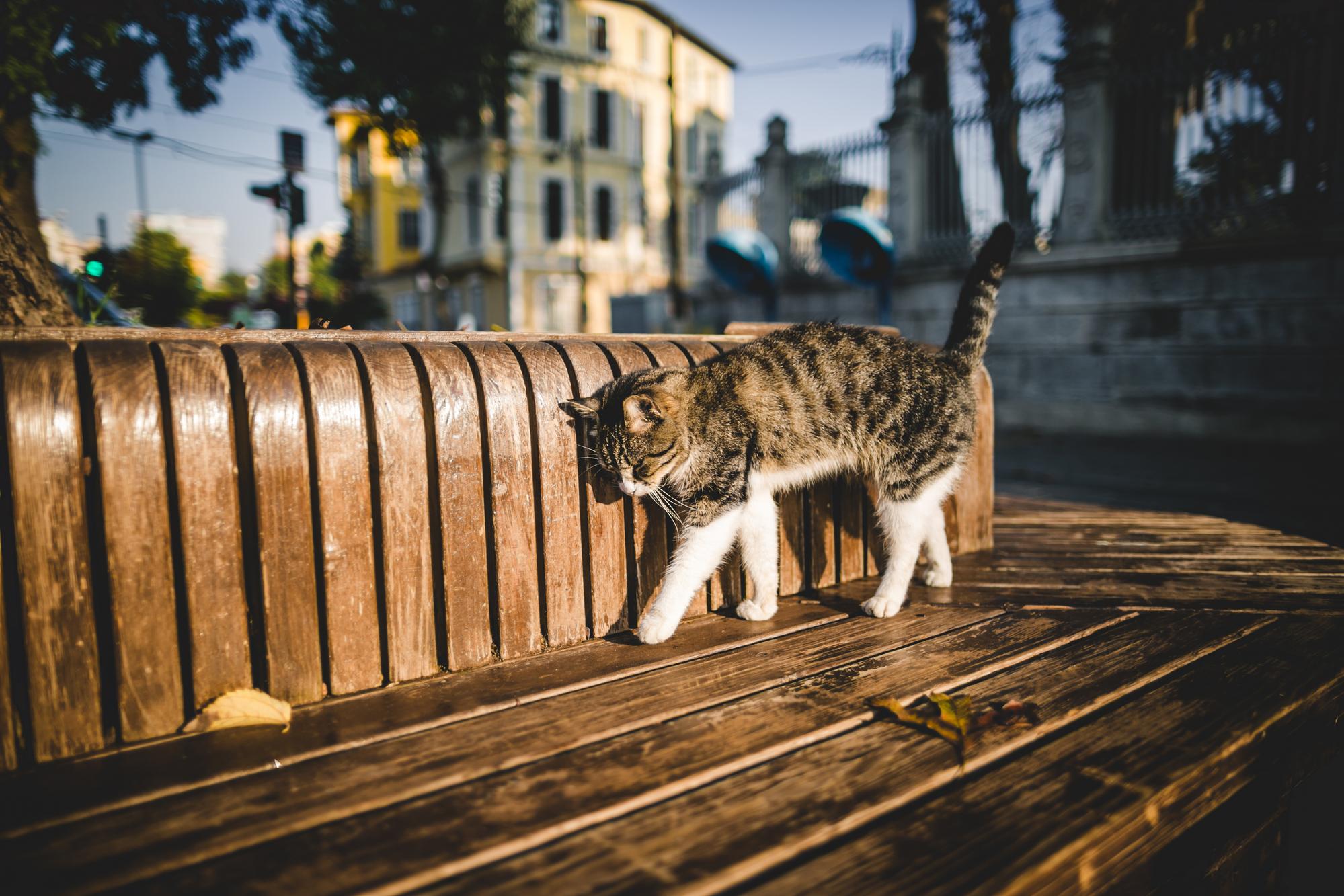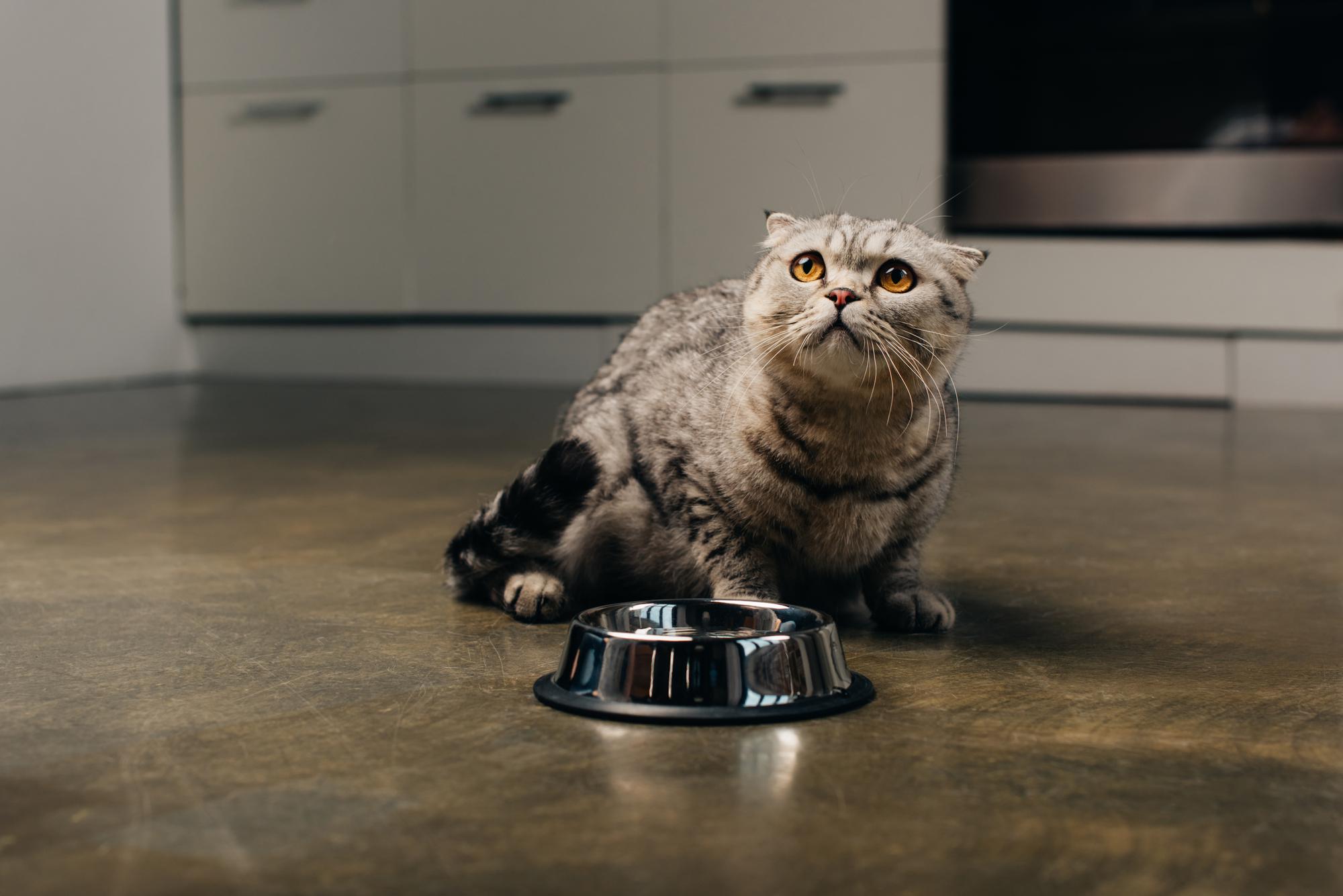Dealing with a cat could be confusing at times. These furry little creatures are playful and jumpy, but also distanced and quiet very often as well. Their behaviour is quite unpredictable and it takes an expert to read through a cat's mind.
Now, there are several elements to help you determine what your cats need or want. Their body, eyes, ears and especially the fluffy tail will help you decode your cat's body language.
Paying attention to a cat's tail movement will help you communicate better. you'll understand the cat's emotions and the situation better. It could also help identify whether your cat is in need of medical attention.
High Up In The Air:

One way to know that your cat is happy and in the mood for some playtime is the tail positioned straight upright. This is a sign that your cat is feeling itself, confident and content. Despite their aloof attitude and lack of emotional attachment, cats do have a soft spot. When your cat wants to get friendly and playful make sure you match their attitude. This could be such a treat for you so make sure you enjoy it.
The Hook Tail:

A graceful red cat walking on green grass
If you notice a little curve at the end resembling a question mark or a hook, it is time to play. In addition to the tail held upright, This indicates a peak in your cat's mood and the desire to have fun. It may be a happy moment for your cat. So... It is time to take a pause from whatever you doing and give the little feline cuddles and treats.
A Puffed Up Tail:
The reason why cats puff themselves up; especially the tail! is to try and look bigger during a frightening situation. Cats fur standing on end (piloerection) is a defence mechanism triggered by a nearby threat. Cats arching their backs with a puffed tail indicates a potential attack. It means that your cat is stressed, scared and agitated, which may cause your cat to show aggression. This could happen due to nearby animals like a dog, a stranger visiting or even a disturbing noise.
When this happens work on eliminating any disturbance while being careful. Make sure you create a comforting environment until your cat feels safe again.
Swinging back and forth:
A whip-like action in a cat's behaviour indicates fear and a sense of panic in your cat's attitude. Understand that this is a clear sign to keep your distance and give room for your cat to adjust back. Your cat may be angry and agitated, therefor your fury fluff may not act that friendly. some aggression is expected even! When your feline shows signs of being bothered and annoyed, let him figure it out by itself and give space. Try to present a favourite toy or food from a distance and let it take its time approaching.
The side-to-side sway:
One motion that you may notice often, is the side-to-side sway when your cat is fixed and focused on something. Cats are quite curious and they like to scan around for interesting objects. They may be captivated by a toy, a pray, or just that chain you are waving around. This is when your cat is about to pounce for it.
Activities that stimulate haunting instincts could be helpful to your's cat mood. Stay tuned to your cat and let it interact with what captures its attention.
A Tucked Tail:

A feline tail angled low signifies fear, stress and nervousness. If your cat is feeling anxious or afraid, you may notice a tucked tail as a result as well. Of course, a defensive cat might act aggressive towards approaches, so you may want to take it slow and clear the coast of any threats.
Trying to conceal itself a cat will hide his tail all the way between the legs. This could also be a clear sign of submission and hesitation to move freely as a result of a surrounding disturbance or even pain. In a situation like this, it is important that you try to comfort your cat and eliminate any signs of danger. You might also want to visit the vet for a check-up if this persists.
Wrapped Around Something:
You can think of this as a licence to pet! A cat grinding against your leg while wrapping its tail around you is a welcoming gesture. Cats twist their tails together to greet each other and This (if you are looking for one) is your invitation to pet. This warm hug indicates a willingness to interact and that your cat is in a friendly playful mood.
Others:
- When your cat thrashes its tail: Your cat may start to lash its tail quickly, and thump it on the ground. These movements express anger and disturbance. You may want to keep an eye on this when you are petting the little fella because that is when you should stop.
- Quivers: This could mean two things, whether your cat is excited at the moment or simply want to urinate. Quick tail shakes may say that your cat is happy to see you or another friend. However, this also happens when cats are about to urinate, so it's better to stay alert with an untrained cat.
Summary:
Understanding your cat's moods and needs may require more than watching for the tail. However, tail movements are a great start, the furry indicator will point you on how to proceed! Cats communicate through body language so you have to observe the rest of the body as well. Clinical assistant professor; Kelly C. Ballantyne, states: "Since cats are such different animals from us, understanding how they communicate isn't something that comes naturally to humans.'' learning to decipher your cat's language will help you with training it. and keeping your pet feeling loved and cared for.

About the Author: Elvira is the founder of worldcrutches.com. Because of her experience of fractures, she writes all variety of information about crutches. She enjoys running and reading because it relaxes her in her busy life.





No comments:
Post a Comment